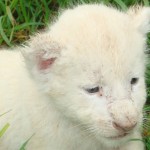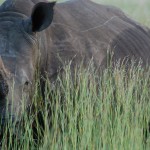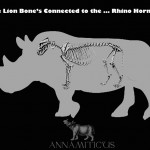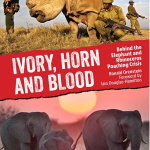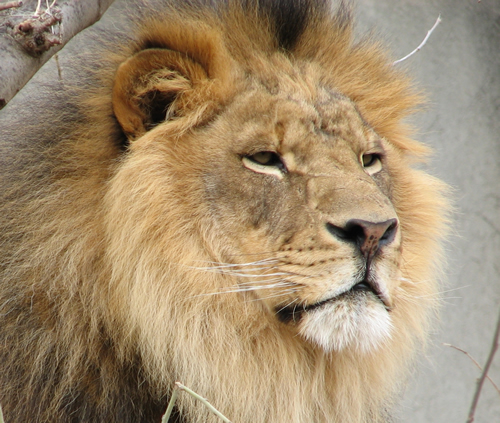
In the 1960s, the African continent was home to at least 100,000 wild lions, but a recent study found that just 32,000 of the big cats remain. Not only have African lions lost 75 percent of their original habitat, they are plagued by “poaching, retaliatory killing, and trophy hunting”.
According to a report by Panthera, The size of savannah Africa: A lion’s (Panthera leo) view, wild lions are paying the ultimate price for “massive land-use conversion” and “burgeoning human population growth” across the African continent. Stuart Pimm, co-author of the report and Doris Duke Chair of Conservation at Duke University, explained that a mere 25 percent of “an original area a third larger than the continental United States” is all that is left for Africa’s lions.
He added in a National Geographic interview that “another major driver of decline is human-caused mortality. This includes poaching, retaliatory killing, and trophy hunting.”
Of the continent-wide analysis, lion populations were found in only 67 isolated regions.
The 67 lion areas contain some populations that are large, stable, and well-protected — and so likely to persist in the foreseeable future. They also contain those that are so small, isolated, and threatened that only immediate, energetic conservation measures can offer any hope for their survival. And, of course, there are lion areas that are everywhere in between.
The authors estimate that 24,000 lions are in strongholds* and approximately 4,000 are in potential strongholds. However, more than 6,000 lions could already be doomed in “populations that have a very high risk of local extinction”. And in many of West Africa’s national parks, there are no lions remaining at all.
Four areas in East Africa and six in Southern Africa met the authors’ criteria for lion strongholds.
In sharp contrast to protecting lions in the wild, lion breeders in Southern Africa pose a distraction from viable species restoration efforts because captive-bred lions are unsuitable candidates for release, according to a previous Panthera report (Walking with lions: why there is no role for captive-origin lions in species restoration).
Southern Africa’s “cub-petting” and “walking with lions” programs lure tourists by claiming to be linked to lion conservation. Most tourists are unaware that these tame lions are often sold to canned hunting businesses. Well-known lion breeders in South Africa are also cashing in on the scarcity of tigers by selling lion skeletons to wildlife traffickers.
Learn more about how you can help Africa’s wild lions:
* “For a lion area to qualify as a stronghold, it must satisfy three qualifications: (1) contain at least 500 individuals, (2) be within protected areas or designated hunting areas, and (3) the numbers of lions must be stable or increasing as assessed by the IUCN Cat Specialist Group (IUCN 2006a, b). If a lion area has at least 250 individuals but does not satisfy either requirement (2) or (3), it is a potential stronghold.”
Source: The size of savannah Africa: a lion’s (Panthera leo) view. (2012) Panthera.
Image: Trisha M Shears via Wikimedia Commons

